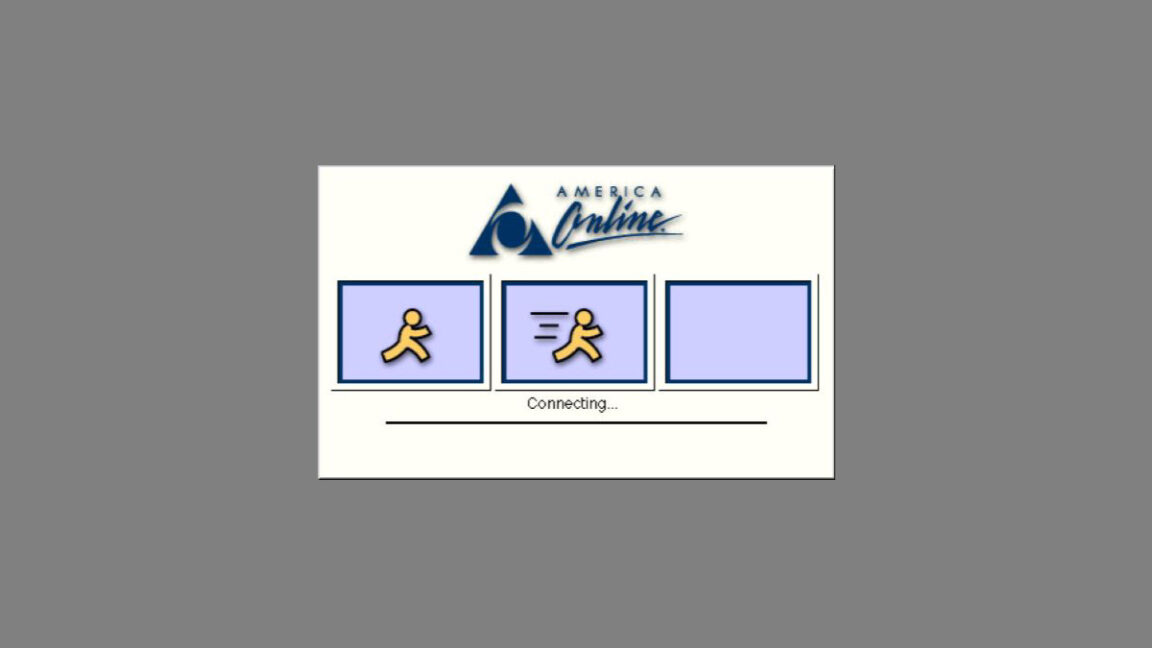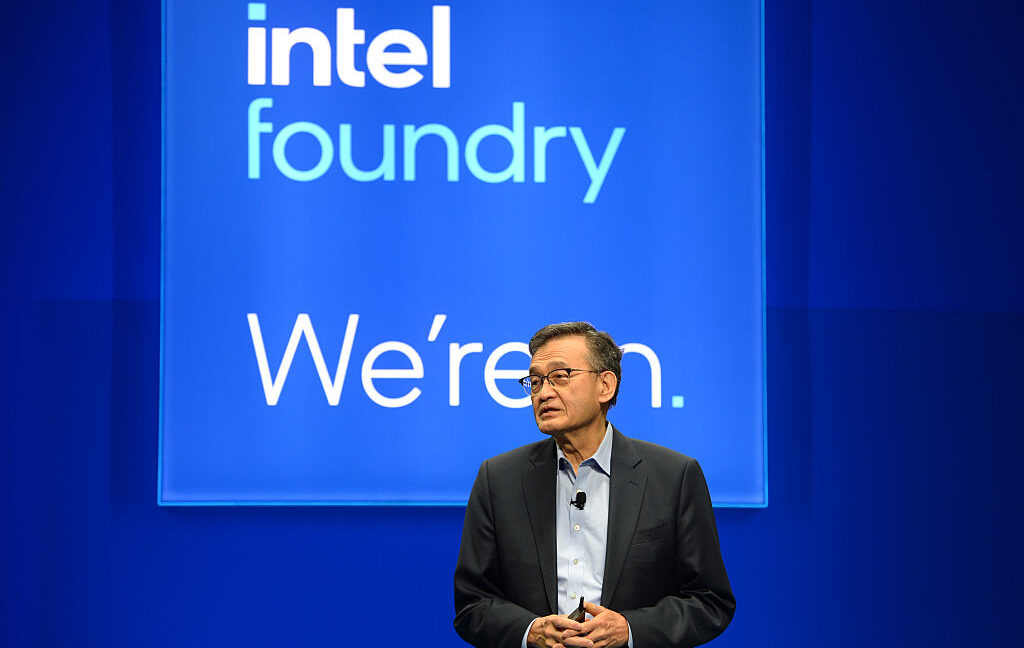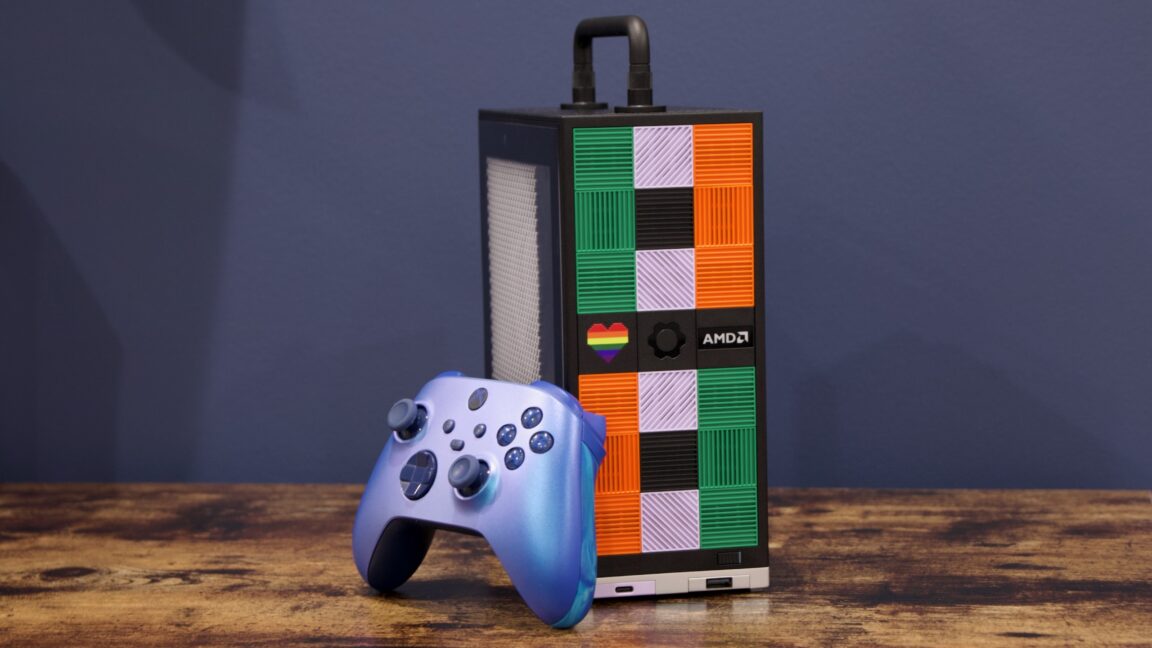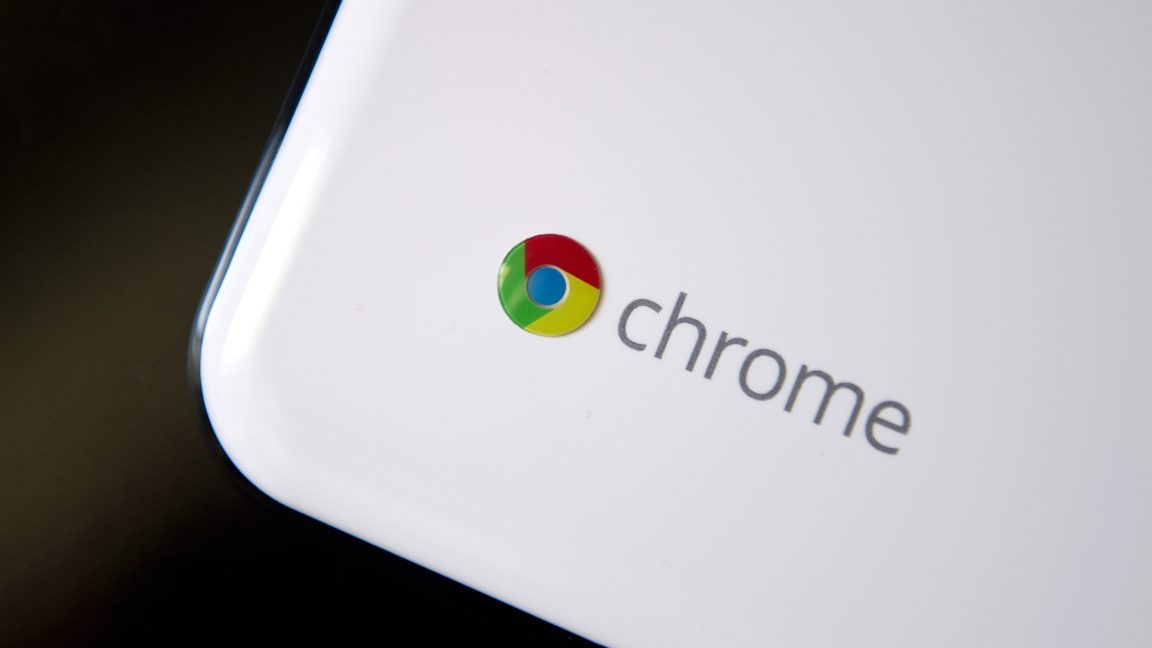AOL Ends an Era: Dial-Up Internet Service to Shut Down in September 2025

After decades of serving as a gateway to the World Wide Web for millions, AOL has announced the official shutdown of its dial-up modem service on September 30, 2025. This marks the end for a technology that connected countless Americans to the Internet, especially throughout the 1990s and early 2000s.
In a recent update to customers, AOL stated, "AOL routinely evaluates its products and services and has decided to discontinue Dial-up Internet. This service will no longer be available in AOL plans." Simultaneously, AOL will retire its AOL Dialer software and the AOL Shield browser, both essential tools in managing connections and optimizing web access on older systems.
Launched in 1991 and evolving from its original "America Online" service, AOL's dial-up roots trace back to Quantum Link on Commodore computers from 1985. Internet access capabilities, such as browsing the World Wide Web, were added in 1994, marking a significant evolution for AOL users from accessing just exclusive content to full web connectivity.
During its peak, AOL serviced over 25 million subscribers. However, as broadband gained popularity in the early 2000s, the need for dial-up services dwindled. Today, US Census data from 2022 indicates approximately 175,000 households still rely on dial-up, primarily in rural areas lacking broadband infrastructure.
Satellite Internet offers the main alternative for these users, serving 2 to 3 million US subscribers, though often accompanied by data limits and latency issues. Meanwhile, broadband connections via DSL, cable, or fiber are not always feasible in less densely populated areas.
This discontinuation highlights the digital divide persistent in the US. Urban areas boast gigabit fiber connections, while some rural users still contend with speeds from 1995. A typical dial-up connection delivers 0.056 Mbps contrasting starkly with modern standards offering more than 500 Mbps.
For many, the dial-up era recalls the familiar ritual of clicking the dial button, and hearing the modem's distinctive connection symphony. These modems converted digital signals to travel over standard phone lines, meaning users couldn't receive calls while online.
AOL perfected the accessibility of dial-up Internet, offering intuitive software that handled complex settings automatically. With the release of CD-ROMs, users could connect effortlessly, cementing AOL's influence on digital culture. AOL Instant Messenger introduced users to real-time digital communication, and the "You've Got Mail" notification achieved iconic status.
Although dial-up was not without its pitfalls, including high costs from misrouted long-distance calls, AOL's service modifications, such as raised dial-up rates, led many to broadband. Yet, AOL's closure of its dial-up service does not signify the complete end of dial-up. Services like NetZero, Juno, and Dialup 4 Less continue to meet niche needs.
The underlying infrastructure for dial-up remains through the Public Switched Telephone Network. As long as traditional phone services persist, dial-up remains technically viable, but progressively impractical as digital demands increase.
For AOL, supporting dial-up likely transitioned into servicing a shrinking customer base rather than pursuing profit. With the shutdown nearing, affected users must find alternatives, which may extend the digital divide further if options remain unavailable.



